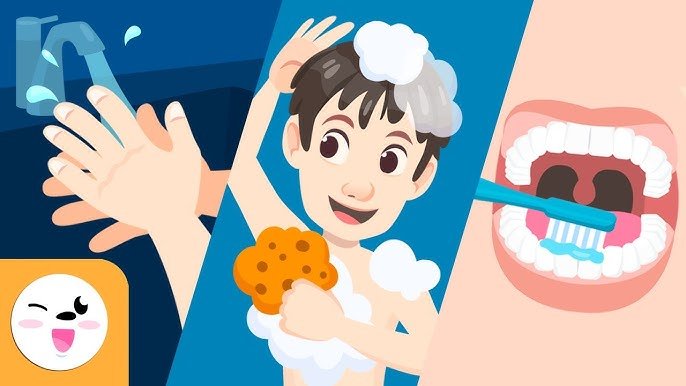The Pleasures and Benefits of Playing Sports
Engaging in sports is more than just a physical activity; it is a holistic experience that contributes to overall well-being. This article explores the multifaceted benefits of playing sports, from physical health to mental resilience.

I. Physical Health
- Improving Cardiovascular Health:
- Sport promotes efficient blood circulation and reduces the risk of heart-related problems.
- Improved Flexibility and Muscle Strength:
- Regular participation in sports increases flexibility and muscle strength, improving overall physical fitness.
- Weight Management:
- Sporting activities help with weight management by burning calories, aiding in achieving and maintaining a healthy weight.
II. Mental Well-being: The Psychological Impact of Sport
- Stress Reduction and Mood Elevation:
- Physical exercise releases endorphins, reducing stress levels and boosting mood. Sport acts as a natural mood enhancer.
- Improved Mental Toughness:
- Participation in sports strengthens mental resilience by developing discipline, endurance, and the ability to overcome challenges.
- Improved Sleep Quality:
- Regular physical activities such as sports lead to better sleep patterns and promote restful and rejuvenating sleep.
III. Social and Emotional Development Through Team Sports
- Team Building and Collaboration:
- Team sports promote cooperation, communication, and teamwork.
- Emotional Regulation and Empathy:
- Experiencing winning and losing in sports develops emotional intelligence and helps individuals learn how to regulate their emotions and empathize with their teammates.
- Sense of Belonging:
- Being part of a sports team provides a sense of belonging and community, contributing to emotional well-being.
IV. Lifelong Skills and Values
- Discipline and Time Management:
- Sport develops discipline and time management skills as athletes balance training, competition, and other responsibilities.
- Goal Setting and Achievement:
- Setting and achieving sport-related goals build valuable life skills by encouraging the pursuit and achievement of goals in different aspects of life.
- Respect and Sportsmanship:
- Respect for opponents, referees, and competition rules is the basis of sportsmanship.
V. A Variety of Sports Options for All Ages and Abilities
- Inclusive Sport Activities:
- A wide range of inclusive sports activities is available for everyone, suitable for different ages, abilities, and preferences.
- Flexibility of Choice:
- Choosing sports that match individual interests and physical abilities, from team sports such as soccer and basketball to individual sports like running and swimming.
- Lifelong Enjoyment:
- Unlike some physical activities, sports offer lifelong physical activity, and their benefits can be enjoyed at any age.
VI. Enjoying the Enjoyment and Health Benefits of Sport
Participating in sports goes beyond the physical aspects to include mental, emotional, and social aspects, contributing to overall well-being. Whether you are an avid athlete or someone who wants to be more physically active, there are countless options in the world of sports. Enjoy playing sports and reap the many health benefits that enrich your life both on and off the field.










